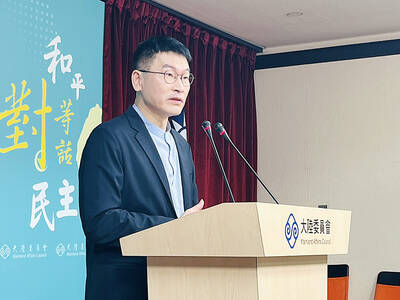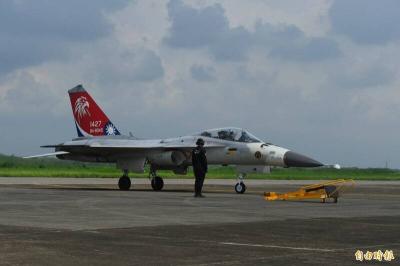Premier Chang Chun-hsiung (
"Most of the younger generations from farming villages have relocated to metropolitan areas to pursue careers. Their decision to leave their hometowns has left those places undeveloped," Chang said during yesterday's weekly Cabinet meeting
"We want to renovate these villages and turn them into `garden cities' of the future," he said.
To turn the plan into reality, the Cabinet yesterday approved an administrative order -- the "Plan for Rebuilding Farming Villages" and unveiled a proposal for a new law -- to back the plan.
While the proposed law must be submitted to the legislature, the plan can be implemented immediately because it is covered by the administrative order, which does not require legislative approval.
Chang said the plan would help farming villages improve the daily lives of farmers, including new residential buildings, sewage systems, parks and public services.
"We hope to construct more `garden cities,'" he said.
"Our estimates show that more than 500,000 households in farming villages would benefit from the plan," he said.
Chang said that the Cabinet was planning to spend the NT$100 billion within a decade to renovate more than 4,000 farming villages nationwide.
"Now that the high speed rail system is finished, anyone can travel from one place in Taiwan to another within a day. Improved transportation would make it easier for farming villages to become more developed in terms of the environment and public construction," he said.
"Our bottom line is that this plan will not jeopardize our remaining agricultural production," Chang said.
"It is the government's responsibility to improve the lives of farmers," he said.
Also see story:
Farmland bill praised by realtors

LOW RISK: Most nations do not extradite people accused of political crimes, and the UN says extradition can only happen if the act is a crime in both countries, an official said China yesterday issued wanted notices for two Taiwanese influencers, accusing them of committing “separatist acts” by criticizing Beijing, amid broadening concerns over China’s state-directed transnational repression. The Quanzhou Public Security Bureau in a notice posted online said police are offering a reward of up to 25,000 yuan (US$3,523) for information that could contribute to the investigation or apprehension of pro-Taiwanese independence YouTuber Wen Tzu-yu (溫子渝),who is known as Pa Chiung (八炯) online, and rapper Chen Po-yuan (陳柏源). Wen and Chen are suspected of spreading content that supported secession from China, slandered Chinese policies that benefit Taiwanese and discrimination against Chinese spouses of

ALIGNED THINKING: Taiwan and Japan have a mutual interest in trade, culture and engineering, and can work together for stability, Cho Jung-tai said Taiwan and Japan are two like-minded countries willing to work together to form a “safety barrier” in the Indo-Pacific region, Premier Cho Jung-tai (卓榮泰) yesterday said at the opening ceremony of the 35th Taiwan-Japan Modern Engineering and Technology Symposium in Taipei. Taiwan and Japan are close geographically and closer emotionally, he added. Citing the overflowing of a barrier lake in the Mataian River (馬太鞍溪) in September, Cho said the submersible water level sensors given by Japan during the disaster helped Taiwan monitor the lake’s water levels more accurately. Japan also provided a lot of vaccines early in the outbreak of the COVID-19 pandemic,

PROMOTION: Travelers who want a free stopover must book their flights with designated travel agents, such as Lion Travel, Holiday Tours, Cola Tour and Life Tours Air Canada yesterday said it is offering Taiwanese travelers who are headed to North America free stopovers if they transit though airports in Japan and South Korea. The promotion was launched in response to a potential rise in demand for flights to North America in June and July next year, when the US, Canada and Mexico are scheduled to jointly host the FIFA World Cup, Air Canada said. Air Canada offers services to 13 of the 16 host cities of the tournament’s soccer games, including Toronto and Vancouver; Mexico City, Guadalajara and Monterrey in Mexico; Atlanta, Georgia; Boston; Dallas; Houston;

The US approved the possible sale to Taiwan of fighter jet spare and repair parts for US$330 million, the Pentagon said late yesterday, marking the first such potential transaction since US President Donald Trump took office in January. "The proposed sale will improve the recipient's capability to meet current and future threats by maintaining the operational readiness of the recipient's fleet of F-16, C-130," and other aircraft, the Pentagon said in a statement. Trump previously said that Chinese President Xi Jinping (習近平) has told him he would not invade Taiwan while the Republican leader is in office. The announcement of the possible arms